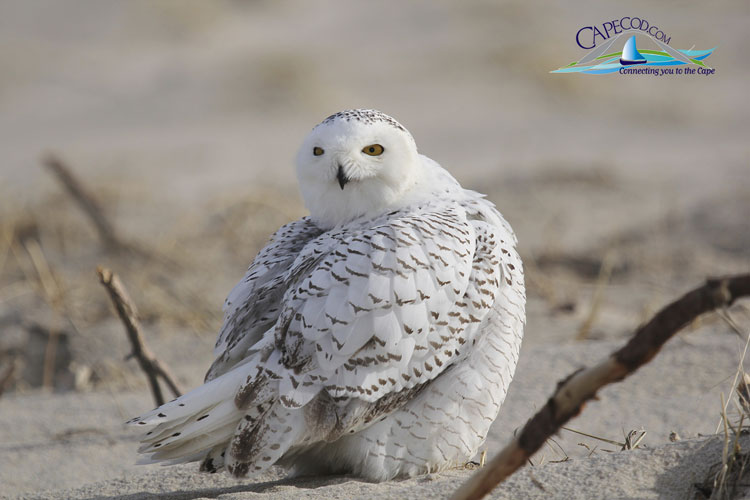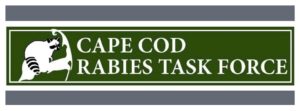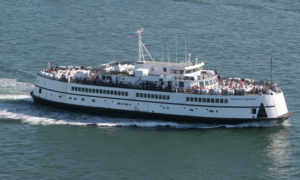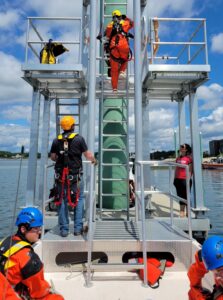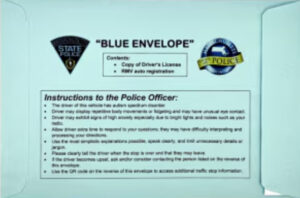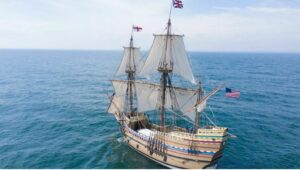CapeCod.com is proud to offer a gallery of Cape Cod Animal photos. We absolutely love to call the Cape our home and by demand, are providing as many beautiful images as we possibly can!
This gallery is exclusively images of the domestic and wildlife on the Cape! That means you will see aerial images of whales, seals, owls, birds, and of course, Sharks! The Cape is known for the whales that visit us just off the waters of Provincetown. Here is what you may typically see on a whale watch:
Humpback whales
Named for the way in which they dive through the water by arching their back, humpback whales are one of the most interesting species to inhabit Cape waters. Growing to 50 feet and weighing up to 30 tons, the humpback whale mainly feeds on krill and a small fish known as the Northern sand eel, another staple of its diet. One fascinating element of humpback whale activity includes what is known as bubble feeding, a process wherein the whales produce a mass amount of bubbles that draw fish from the water and bring them to the surface. The humpback then expands its lower jaw, gathering the school of fish into its mouth for feeding. In conjunction with bubble feeding, an element unique to North Atlantic humpback whales is the surface tail-slap, a method used to fluster the sand eels and make it easier to feed on them.
Humpback whales can also be found at Jeffrey’s Ledge off the coast of Maine and Stellwagen Bank in Massachusetts Bay throughout the fall and spring. However, they migrate to warmer waters during the winter season in places such as the Caribbean where they birth new calves each year.
Minke whale
Bearing resemblance to the finback whale, the minke whale is one of the smaller whales seen in our waters. It reaches a length of about 30 feet and is known for its fast swimming speed. They can also be found in large feeding groups, feasting on an abundance of fish.
Finback whale
While a variety of whales can be seen on our shores, the most common one is that of the finback whale. Reaching up to 65 feet in length, the finback is the second largest baleen whale, following that of the blue whale. Known for their ability to move their fish at a high speed, finback whales tend to feed on the surface of the water, making it a sight to see. They typically move in groups of 30, feeding on organisms such as crustaceans and fish. With a weight of around 60 tons, the finback can also dive depths reaching as far as 650 feet. With 25,000 captures a year, the finback whale is the most hunted whale in the world. Though it is protected in the United States, other areas of the globe continue to actively hunt this particular species.
Like humpbacks, finback whales can also be seen in the waters of Stellwagen Bank and Jeffrey’s Ledge during the spring and fall seasons. They tend to move south in the winter, finding shelter in deeper water.
We will continually add to this photo gallery so that you can always see the latest and greatest images. For more photo galleries, please visit our Cape Cod Photos Page.




